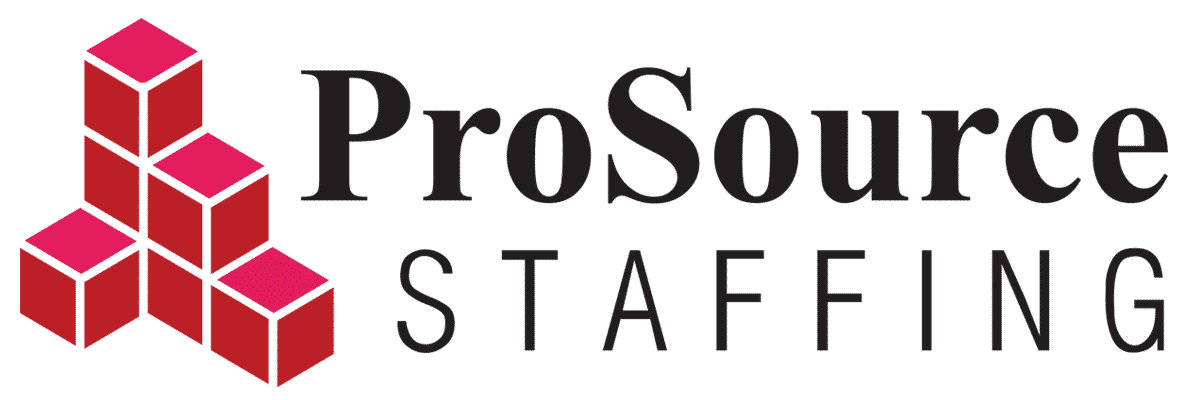LinkedIn is a highly effective tool for job seekers. In fact, it might be the single most helpful digital tool that you can get your hands on while searching for a new position.
Many people think that the popular professional networking site is used only for publicly displaying resumes and connecting with colleagues and friends. However, this just simply isn’t the case. LinkedIn is also a highly sophisticated search engine and job posting database. By optimizing your profile accordingly and keeping a few key things in mind as you use the search tool, you’ll quickly discover a whole host of great professional opportunities right at your fingertips.
Here are the most important facts to remember about LinkedIn’s searching capabilities.
Make connections. Complete your profile. Show up more often on searches.
LinkedIn’s search algorithm likes connections and complete profiles. When people search for a person or a company on LinkedIn, the results are sorted by the following criteria:
- 1st level connections with profiles that are 100% complete (or close to it) and have the most in-common connections / shared groups, ranked in descending order
- 1st level connections with the fewest in-common connections / shared groups, ranked in descending order by profile completeness
- 2nd level connections ranked in descending order by profile completeness
- 3nd level connections ranked in descending order by profile completeness
- Shared group members (outside of your network), ranked in descending order by profile completeness
- Everyone else (those outside your network), ranked in descending order by profile completeness
In short, this means that the more connections you make and the more complete your profile, the better your chance of showing up in a search. And if a hiring manager happens to use LinkedIn as a way of selecting and recruiting new candidates, you want to appear on as many searches as possible.
Use keywords where it counts.
LinkedIn’s search algorithm pays attention to some profile sections more than others. Keywords—especially those related to your industry—in your name, headline, company name, job title and skills rank significantly higher in search results. Make sure that you include the search terms that are most important to your career in these key areas. Moreover, don’t skimp on the skills section of your profile. LinkedIn lets you include up to 50 skills and you should take full advantage of this easy way to optimize your profile.
Monitor your search trends.
One of the great things about LinkedIn is that it lets you view your profile’s analytics. By perusing your search trends, you’ll be able to see how many times you’ve shown up in search results and how many people have viewed your profile in the past 3 months. Don’t forget to monitor this information regularly and adjust your profile accordingly. If, for example, you’re showing up in a lot of search results but not a lot of people are viewing your profile, perhaps it’s time to update your profile picture and/or headline. Alternately, if you’re rarely showing up in searches, try some of the tips that we discussed in the paragraphs above to help improving your ranking.
With a great LinkedIn profile, the possibilities are endless.
Highly optimized LinkedIn profiles routinely appear at the top of Google search results. This is fabulous exposure for you when you’re on the job market. So as you complete your LinkedIn profile, remember that the better you make it, the more likely it is to appear at the top of external web searches.
For more tips on how to use LinkedIn’s search capabilities in your job search, contact ProSource Staffing today.
